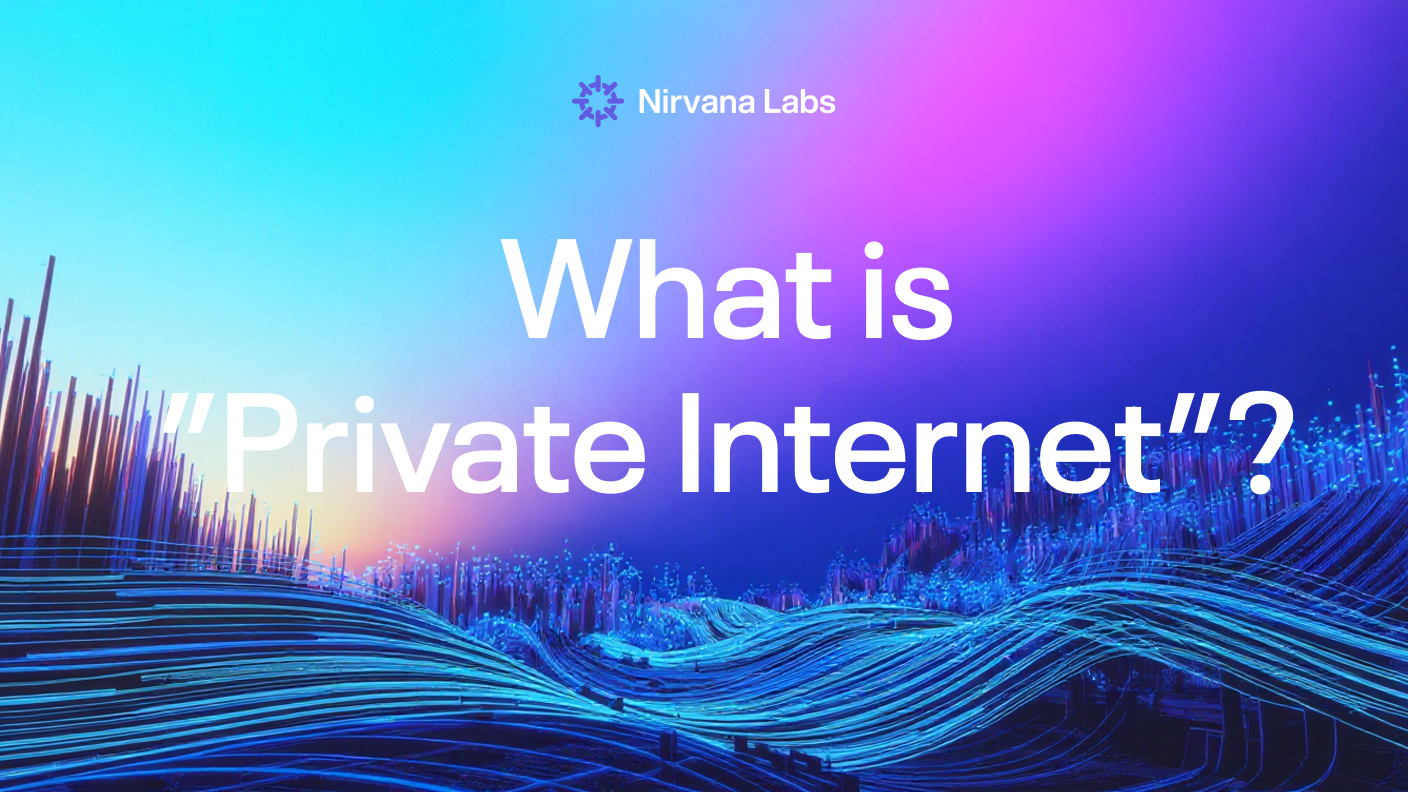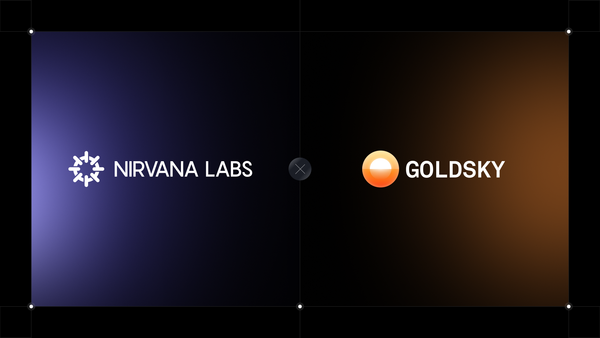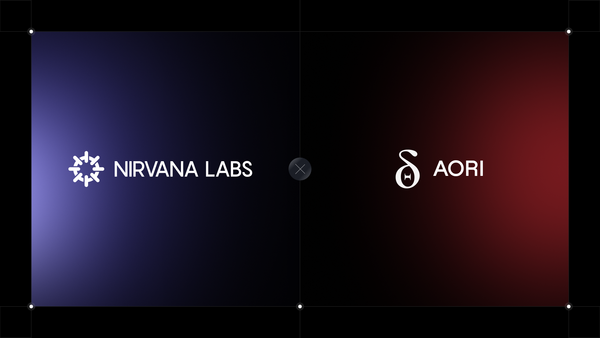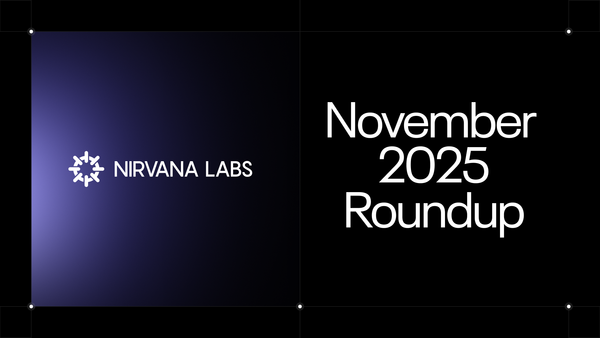Public vs Private Internet: Why It Matters for Performance
And why we built Nirvana Connect

And why we built Nirvana Connect
When people say “the Internet,” they usually imagine a single global network. In reality, it’s millions of separate networks - Internet Service Provider(ISP)s, enterprises, and cloud providers - interconnected to form a massive mesh.
Your ISP is a network. A cloud provider is a network. And “the Internet” is where they meet.
That open structure is powerful, but it comes with trade-offs: shared infrastructure, variable performance, and limited control. For general use, that’s fine. But for performance-critical workloads: like trading systems, blockchain nodes, indexers, or real-time execution engines...it’s a liability.
Public vs Private Internet
There are two ways your data travels: public and private.
The public Internet is a shared highway. It’s cheap, open, and accessible to everyone. But essentially, you’re sharing whatever capacity is given to you, because the only thing the network guarantees is getting your traffic from point A to point B.
Private Internet, on the other hand, is like having a reserved express lane. Data moves through dedicated, controlled paths - offering stable performance, better security, and predictable behavior. This is how financial institutions and large enterprises have run critical infrastructure for decades.
How It Works
Ever wonder how data moves between continents - say, from Japan to the U.S.?
It doesn’t travel through the air. It crosses thousands of kilometers of undersea fiber optic cables, the physical backbone of the global Internet.

On the public Internet, your traffic shares these routes with millions of others. Sometimes it’s fast, other times congested. The path your data takes can change from one second to the next depending on network conditions. And most importantly, when data leaves your cloud environment and travels out to the Internet, it incurs egress costs - fees charged by cloud providers for every gigabyte that exits their network.

Source: Holori
Nirvana Connect
Introducing Nirvana Connect, it uses the same undersea cables that power the global internet but reserves dedicated capacity to create private, stable routes between cloud environments—aka a private Internet.
Instead of competing for shared bandwidth on the public Internet, you get guaranteed throughput, predictable latency, and a controlled private path without the complexity of building or maintaining your own interconnects.
1. Speed
On the public Internet, your traffic competes with millions of others, making performance unpredictable.
Nirvana Connect removes that contention with dedicated capacity, delivering faster and more stable performance, especially for latency-sensitive workloads.
2. Cost Savings
Public Internet traffic isn’t free - every gigabyte costs more.
Nirvana Connect removes its own egress fees and lowers AWS egress rates, creating predictable, lower costs at scale.
3. Privacy
Public routes are shared and exposed.
Nirvana Connect keeps traffic on private fiber, giving you full control over where data goes and who can see it.
4. Security & Governance
Shared networks widen the attack surface.
Private routes make multi-cloud OP-SEC and compliance far simpler to enforce.
5. Predictable Performance
Public networks fluctuate, routes shift, and latency spikes.
Dedicated bandwidth ensures consistent performance and fewer routing surprises.
Blockchain workloads deserve better
The public Internet was never designed for low-latency, high-uptime workloads. Critical systems such as financial exchanges, high-performance computing (HPC) environments, and air traffic control networks run on private backbones for a reason.
We built Nirvana Connect to bring that same infrastructure advantage to Web3 teams. So instead of competing for bandwidth on a shared highway, they get their own express lane: faster, more secure, more predictable, and more cost-efficient.
Because if you’re running real workloads, you deserve better.
Ready to Get Started? Get in touch and we’ll help you get set up with Nirvana.
Learn more at nirvanalabs.io
Nirvana Cloud | Blog | Docs | Twitter | LinkedIn




